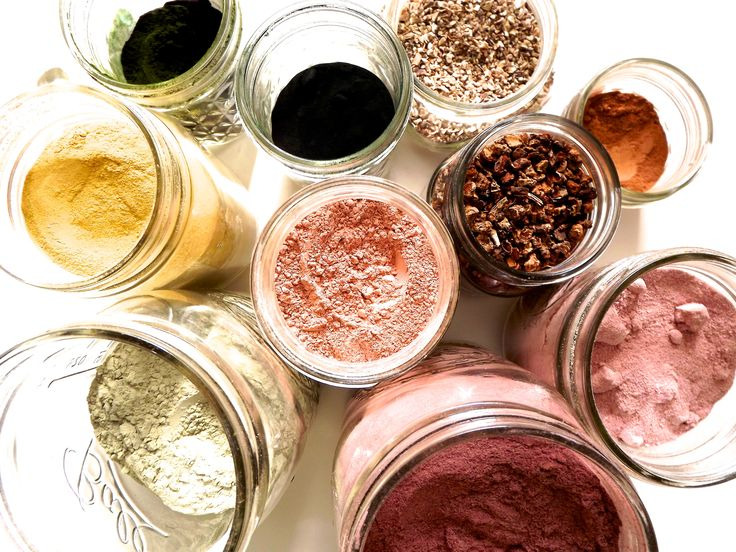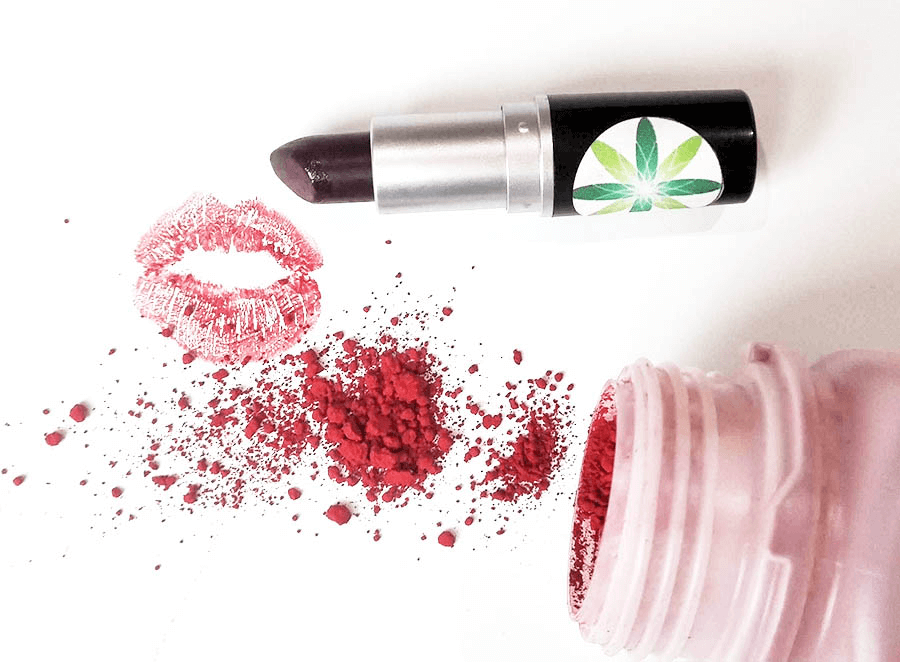Natural pigments have been used for centuries to create beautiful colors in art, textiles, and even cosmetics. Today, there is a growing interest in using natural pigments for DIY makeup, both as a way to avoid synthetic chemicals and as a way to express creativity. In this blog post, we will explore the world of natural pigments and how they can be used in DIY makeup.

What are Natural Pigments?
Natural pigments are colors derived from natural sources such as plants, minerals, and animals. These pigments are often used in the food and textile industries, as well as in art. In recent years, there has been a growing interest in using natural pigments in cosmetics as well.
Why Use Natural Pigments for DIY Makeup?
There are several reasons why someone might choose to use natural pigments for DIY makeup:
- Avoid Synthetic Chemicals: Many conventional makeup products contain synthetic chemicals that can be harmful to both the environment and our bodies. By using natural pigments, we can avoid these harmful chemicals and create makeup products that are safer for us and the planet.
- Express Creativity: Using natural pigments allows for more creativity in makeup products. With a wide range of colors and textures available, it’s easy to experiment and create unique looks.
- Support Sustainable Practices: By using natural pigments, we can support sustainable practices and reduce our impact on the environment.
Types of Natural Pigments
There are several types of natural pigments that can be used in DIY makeup. Here are some of the most common:
- Plant-Based Pigments: Plant-based pigments are derived from plants and are often used in natural makeup products. Some common plant-based pigments include beetroot powder, turmeric, and spirulina.
- Mineral Pigments: Mineral pigments are derived from minerals and rocks. They are often used in mineral makeup products and provide a range of colors, from earthy browns to bold blues and greens. Some common mineral pigments include mica, iron oxides, and titanium dioxide.
- Animal-Based Pigments: Animal-based pigments are derived from animals and are often used in traditional makeup products. However, many animal-based pigments are not vegan-friendly and can be harmful to animals. Some common animal-based pigments include carmine and guanine.
How to Use Natural Pigments in DIY Makeup
Using natural pigments in DIY makeup is relatively easy. Here are some basic steps to follow:
- Choose Your Pigment: Decide which pigment you want to use based on the color and texture you’re looking for.
- Mix Your Pigment: Mix the pigment with a carrier oil or powder to create a consistent texture. Carrier oils like jojoba oil or almond oil work well for liquid products, while powders like arrowroot powder or cornstarch work well for powders.
- Add Additional Ingredients: Depending on the type of makeup product you’re creating, you may need to add additional ingredients like wax or shea butter to create a consistent texture.
- Store Your Makeup: Once you’ve created your DIY makeup product, store it in a cool, dry place to extend its shelf life.
Tips for Working with Natural Pigments

Here are some tips to keep in mind when working with natural pigments:
- Wear Gloves: Natural pigments can be messy and stain your skin. To avoid this, wear gloves when working with pigments.
- Start Small: It’s always best to start with a small amount of pigment and add more as needed. This will help you achieve the desired color without wasting product.
- Test for Sensitivity: Before using a new pigment, test it on a small patch of skin to make sure you’re not allergic or sensitive to it.
- Use a Blender: Using a blender or grinder can help create a finer powder or smoother texture, especially when working with mineral pigments.
- Label Your Products: Once you’ve created your DIY makeup products, label them with the date and ingredients used. This will help you keep track of how long they’ve been stored and what’s inside.
- Clean Your Tools: Clean your tools thoroughly after working with pigments to avoid cross-contamination and ensure your products stay fresh.
DIY Makeup Products Using Natural Pigments
There are several DIY makeup products that can be made using natural pigments. Here are a few ideas:
- Lipstick: Create a custom lipstick shade by mixing plant-based pigments with a carrier oil like coconut oil and beeswax.
- Eyeshadow: Mix mineral pigments with arrowroot powder and jojoba oil to create a powder eyeshadow that can be applied with a brush.
- Blush: Create a natural-looking blush by mixing plant-based pigments with cornstarch and shea butter.
- Mascara: Mix activated charcoal or cocoa powder with aloe vera gel to create a natural mascara.
- Highlighter: Mix mica powder with jojoba oil or shea butter to create a subtle highlighter for the cheeks or brow bone.
Using natural pigments in DIY makeup can be a fun and creative way to express yourself while avoiding harmful chemicals and supporting sustainable practices. Whether you’re a makeup enthusiast or just looking to try something new, experimenting with natural pigments can lead to a wide range of beautiful and unique makeup products. Remember to always start small, test for sensitivity, and label your products to ensure they’re safe and effective.
